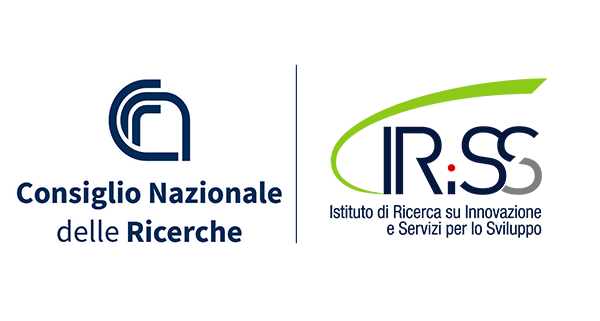Istituto di Ricerca su Innovazione e Servizi per lo Sviluppo
Resilienza - Innovazione - Sviluppo Sostenibile | Trasparenza - Organizzazione - Meritocrazia
Collaborative pathways in archaeology and heritage interpretation: Cnr-Iriss contribution at the 31st EAA Annual Meeting
From 2 to 6 September 2025, Belgrade hosted the 31st Annual Meeting of the European Association of Archaeologists (EAA), one of the most relevant international events dedicated to archaeological research and cultural heritage. The conference brought together scholars, practitioners, and institutions from across Europe and beyond to discuss emerging challenges and innovative approaches in archaeology, heritage interpretation, and community engagement.
Within this international framework, the Institute for Research on Innovation and Services for Development (Cnr Iriss) played an active role by co-organising the session “Voices of the Past, Hands of the Present: Collaborative Pathways in Archaeology and Heritage Interpretation”. Chaired by Giuseppe Pace (Cnr Iriss), together with Szilvia Fábián (Hungarian National Museum), and Marko Mele (Universalmuseum Joanneum), the session explored how archaeological practice can become more inclusive by integrating community perspectives and fostering co-created narratives. Drawing on the experience of the Erasmus+ EMPATHS project (Empowering Landscapes with Participatory Approaches to Heritage Interpretation Skills), the session invited participants to reflect on new frameworks and methodologies for participatory archaeology. Discussions focused on collaborative decision-making, shared narratives, and tools to bridge the gap between researchers, communities, and policymakers. Case studies showcased how community-led processes can make heritage interpretation more dynamic, sustainable, and socially relevant.
As part of these debates, Cnr Iriss researchers presented three contributions that reflected the Institute’s ongoing work on participatory approaches to heritage interpretation and sustainable management. The first, “Building Shared Narratives and Negotiating for Sustainability: The Hellenistic Necropolis of Naples” (Giuseppe Pace, Gabriella Esposito, Luisa Fatigati), examined the challenges of managing the Hellenistic Necropolis of Naples in the Borgo dei Vergini through a participatory heritage interpretation approach. Grounded in the Strategic Transition Practice framework developed by the COST Action Underground4Value, the presentation highlighted the need for collaborative planning, stakeholder engagement, and a unified vision to integrate the site into broader heritage policies and urban regeneration strategies.
The second contribution, “Interpreting Cultural Landscapes: Geology, Urban Regeneration, and Community Engagement” (Erlisiana Anzalone), explored the role of geological heritage in shaping cultural identities and urban development, focusing on the Campi Flegrei and travertine-rich sites in Todi, Spoleto, and Paestum. Through participatory mapping, heritage walks, and co-created storytelling, the paper proposed new ways to strengthen local identity, foster sustainable development, and promote inclusive cultural heritage interpretation.
Finally, the presentation “Empowering Heritage Professionals through Participatory Approaches: Insights from the EMPATHS Project” (Carmen Granito, Caterina De Vivo, Giuseppe Pace) introduced the methodology and findings of the Erasmus+ EMPATHS project, which develops training resources to enhance participatory heritage interpretation. It offered practical guidelines and best practices to involve communities and stakeholders in co-designing heritage strategies, fostering inclusive governance and long-term sustainability.
The 31st EAA Annual Meeting represented an important opportunity for Cnr Iriss to share ongoing research and methodologies while engaging in a broader discussion on how archaeology and heritage interpretation can evolve through participatory practices. The outcomes of the sessions will inform future projects and collaborations aimed at integrating community voices into sustainable heritage strategies.
Per informazioni:
Giuseppe Pace
CNR – Istituto di Ricerca su Innovazione e Servizi per lo Sviluppo
giuseppe.pace@cnr.it
